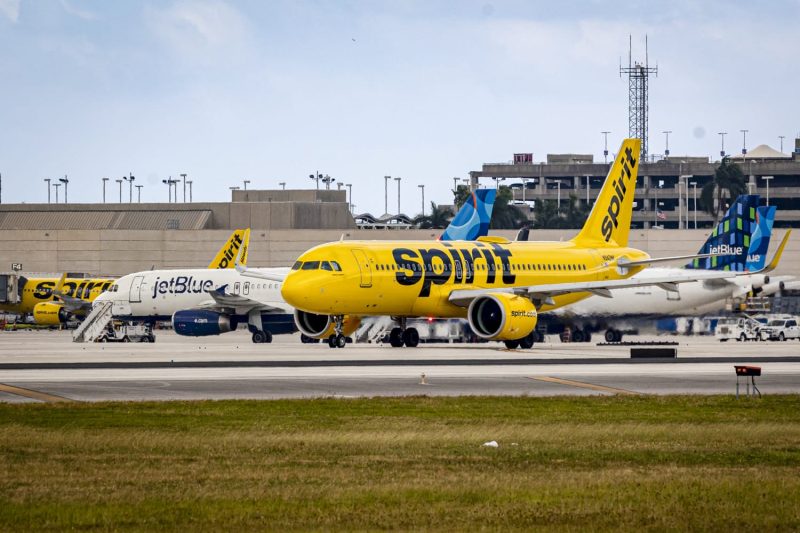
Unveiling the Latest Strategies of Budget Airlines: New Fleet Investments
The aerospace industry has always been a dynamic field, constantly evolving and adapting to meet the changing demands of the market. As low-cost airlines continue to grow in popularity, carriers are faced with the challenge of balancing cost-saving measures while still providing quality service to passengers. One area where low-cost airlines are looking to cut back now is in the procurement of new planes.
A significant trend emerging in the industry is the increased focus on utilizing more fuel-efficient aircraft. Low-cost carriers are turning towards newer, more technologically advanced planes that offer improved fuel efficiency, reducing operational costs in the long run. In addition to reducing fuel consumption, these new planes also boast lower maintenance costs due to their modern engineering and design.
Another area where low-cost airlines are cutting back is in the configuration of their aircraft. By opting for higher-density seating configurations, carriers can maximize the number of passengers they can accommodate on each flight, ultimately driving down the cost per seat. This strategy allows airlines to capitalize on economies of scale and increase overall profitability.
Moreover, low-cost carriers are increasingly turning to digital solutions to streamline operations and reduce costs. By investing in innovative technologies such as automated check-in kiosks, digital boarding passes, and predictive maintenance systems, airlines can improve efficiency and enhance the overall passenger experience while simultaneously cutting back on operational expenses.
Furthermore, low-cost airlines are reevaluating their inflight services to identify areas where costs can be reduced without compromising customer satisfaction. This may involve offering fewer complimentary amenities or implementing a pay-per-use model for certain services, allowing passengers to customize their inflight experience based on their individual preferences.
In conclusion, low-cost airlines are continuously seeking ways to cut back on costs while maintaining a competitive edge in the market. By focusing on fuel-efficient aircraft, high-density seating configurations, digital solutions, and reevaluating inflight services, carriers can achieve cost savings without sacrificing the quality of service provided to passengers. As the industry continues to evolve, it will be interesting to see how low-cost airlines strike a balance between cost-cutting measures and customer satisfaction in the years to come.
